Today, smart homes, the Internet of things and contactless technology have become an integral part of the interior design industry, with smart lighting, smart HVAC units, smart voice devices such as Alexa and Google Home being increasingly chosen in the mid to high end of the home, with new devices and systems being introduced, it is important for designers to understand how home intelligence should be designed.
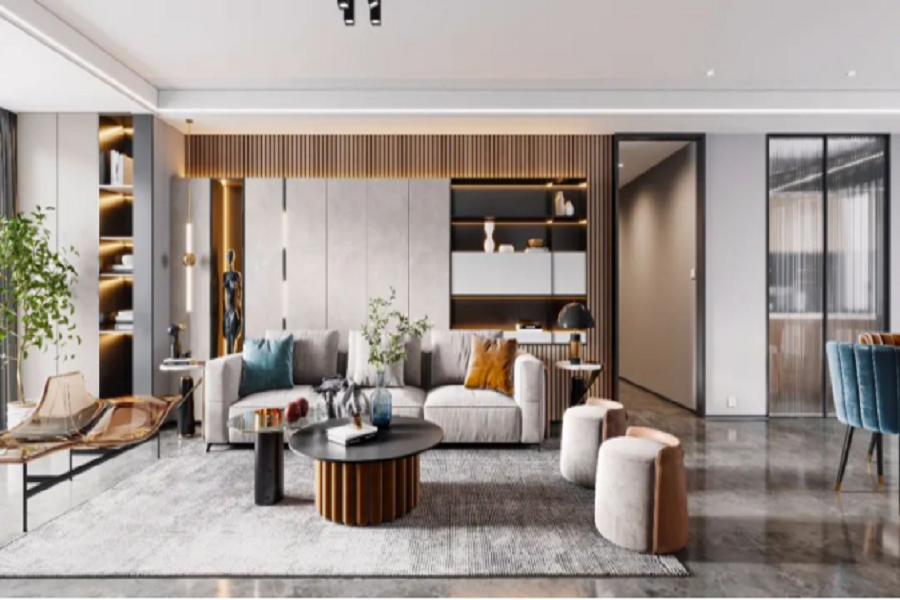
How to make a good smart home,we have answer the three question as flowing:
First: what is smart home?
Second: the current state of homeowner demand for smart homes
Third: core design points for smart homes
01.What is smart home?
The smart home is an ecosystem that uses the home as a platform to connect various devices in the home together through Internet of Things technology to achieve intelligence. It has functions such as Smart lighting control, intelligent appliance control, security monitoring system, intelligent background music, intelligent video sharing, visual intercom system and home theatre system.
Smart home uses integrated wiring technology, network communication technology, security technology, automatic control technology, audio and video technology to integrate home life related facilities and build an efficient management system for residential facilities and family schedules, enhancing home security, convenience, comfort and artistry, and realising an environmentally friendly and energy-saving living environment.
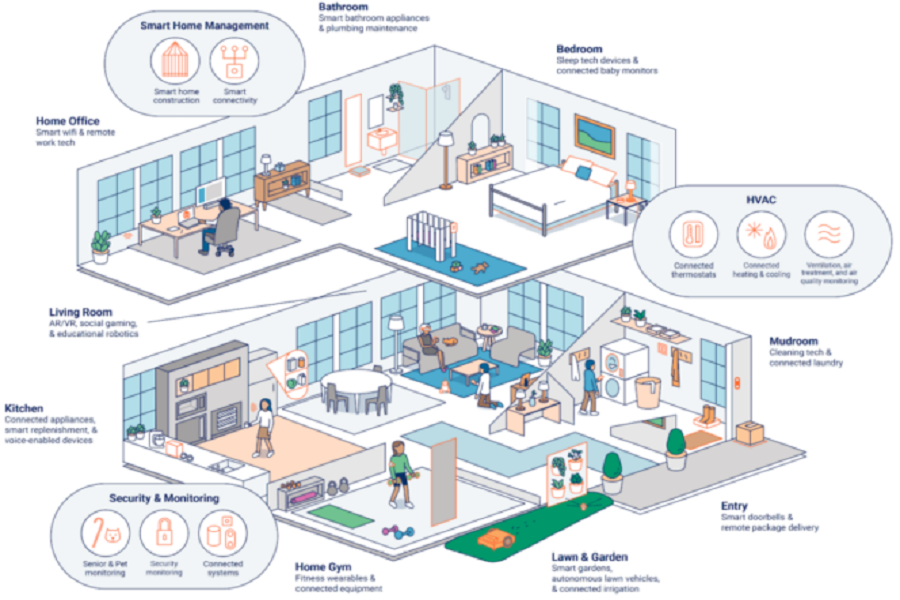
02.The current state of homeowner demand for smart homes
With the development of the smart home industry and the proliferation of products, how to integrate different household devices into the smart home system is a very complex problem, many homeowners who are interested in using smart homes mostly reflect that the main reason why they are torn to hesitate to buy and use smart homes is that smart homes are too fragmented, because different companies' products have different communication protocols, which makes their combined use complicated.
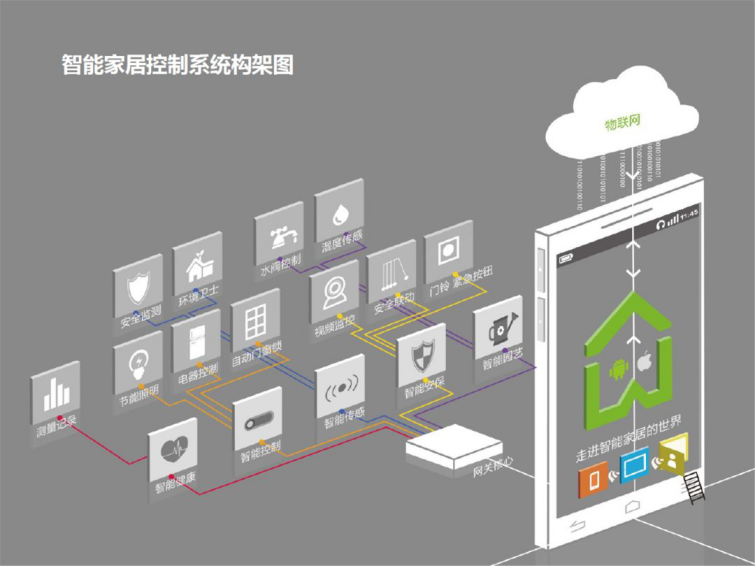
Similarly, many people are concerned about the reliability of the smart home, as well as the man-machine interface operability and the high cost barrier, while others question whether the technology will improve their quality of life overall. While addressing these issues is largely a top priority for the industry, today homeowners can eliminate them by choosing and combining the products that best suit their needs and enjoy the greater comfort that a smart home can provide.

The following guidelines are the result of market research. Smart lighting, temperature control and security devices are the most sought-after home improvement devices for many homeowners today, and each type of device has different considerations to ensure that they meet the exact needs of homeowners.
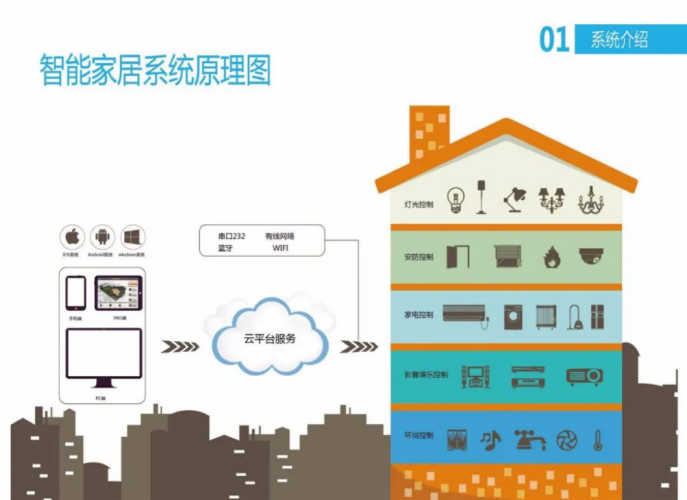
03. The core of design points for smart homes
I. Key points of Smart lighting design
Smart lighting is currently the most popular smart home equipment, with the advantages of convenience, beauty, safety and energy saving. You can use your mobile phone to control the lighting effect, which is extremely convenient, but the benefits and advantages of removing the light switch and integrating the light with an alarm or other security system are not fully highlighted.
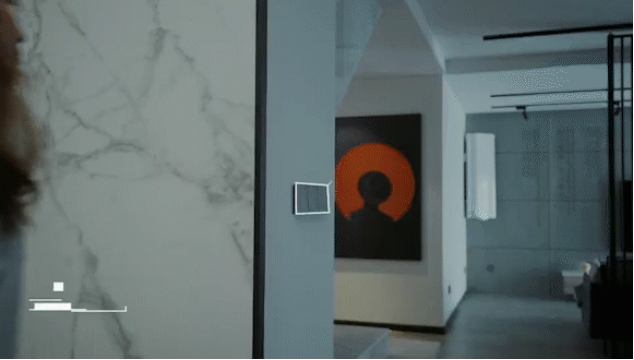
I) Centralised intelligent lighting
Instead of multiple dimmers and switches, a single control panel is used and the lighting circuits are connected to a central panel via communication cables. Due to specific wiring requirements, this option is suitable for new projects and renovations. With pre-planned wiring and control panels, a centralised intelligent lighting system can create a uniform aesthetic for a building while limiting the number of switches or dimmers visible on the wall. Using one control panel, homeowners can control lighting from anywhere in the house. In addition, because cables are used instead of RF communication, the location of the control panel is very flexible and centralised lighting systems often have more design options. However, the biggest disadvantage is that this must be considered at an early stage of the interior design work.
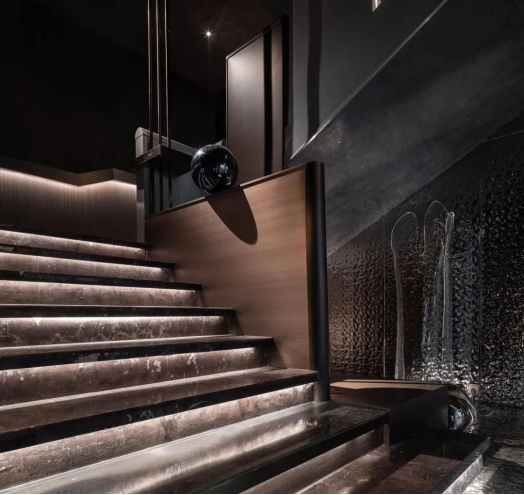
II) Local Smart lighting
Local lighting systems still use traditional switches and dimmers, but these switches and dimmers are brought together in the same system and can be operated using a control panel if you want to control them. The system can be replaced or new switches or dimmers can be added quickly and easily. In contrast to centralised lighting systems, local intelligent lighting requires more wall space and the area where the controls can be placed is severely restricted if wireless communication is used, whether centralised or local, these aspects should be fully considered, as should the aesthetics of the space, the layout, and the type of home.
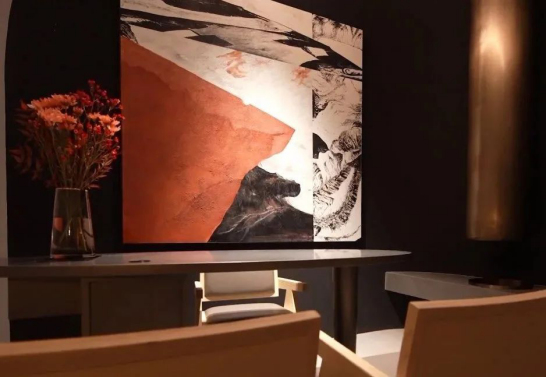
III) Hybrid Smart lighting
Hybrid smart lighting system, the centralized and localized two forms of complete combination, in different locations to choose the right system, and all connected to the central control panel, its advantage is very flexible, if the construction of new needs can be added to the wireless device, but the biggest drawback is that all the use of wireless radio frequency equipment, there are the same limitations as the local system.

II. Intelligent automatic curtain design points
The intelligent design of the space in the home also needs to be considered, the natural light source into the space factor, intelligent curtains in this regard can solve many of the problems, both convenient to use, but also to meet the aesthetic appreciation, normal home design, 45% to 75% of the curtains are not often used, some of the reasons may even be the window is difficult to approach, intelligent curtains can solve such a pain point, press the button to open and close the curtains, curtains If connected to the home's intelligent system, the curtains are highly personalised and can be adjusted according to the owner's habits, such as automatically opening and closing according to the owner's daily life time. It can be automatically adjusted according to the conditions of the indoor and outdoor environment, with intelligent light control, intelligent rain control, intelligent wind control three outstanding features, intelligent curtain system also retains the manual control function, power outages can also be manually operated.
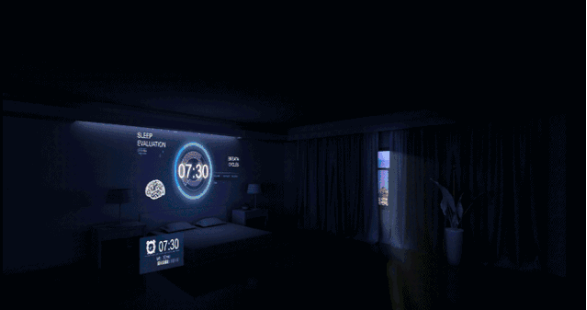
III. Key design points for intelligent temperature control facilities
Room temperature control or HVAC (heating, ventilation and air conditioning) is another convenient and energy-efficient smart home system. Intelligent temperature control systems can learn the owner's temperature preferences and automatically adjust the temperature according to the owner's location indoors or outdoors.
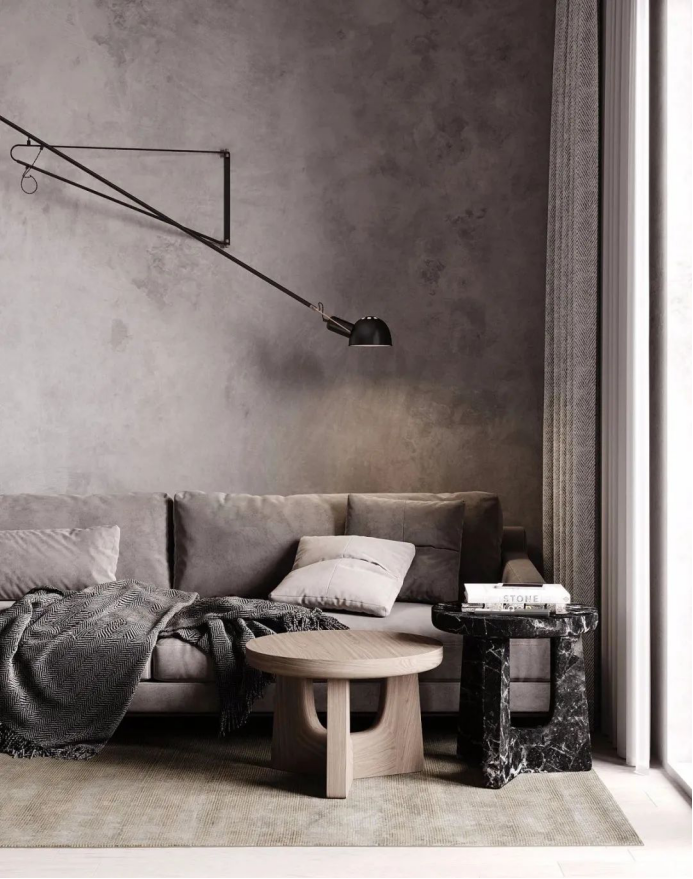
IV. Key points of intelligent voice system design
Smart voice is an effective way to integrate and manage different smart home systems. It can solve the problems of fragmented communication protocols and slow user interface between different systems. Even if there are different smart systems developed by different manufacturers in the home, they can be managed using the same voice system and users can set key phrases to manage different systems at the same time. For example, by saying something as simple as "I'm going out!" Intelligent voice devices can turn off the lights, switch the temperature control to a mode where no one is home and close the door automatically. Of course, even when not connected to other devices, intelligent voice systems are valuable: they can respond to the homeowner with simple voice prompts, the time, the weather and play music or broadcast news, etc. Voice commands are very popular worldwide because of their ease of operation.
HUIZHOU FORYOU OPTOELECTRONICS TECHNOLOGY CO., LTD
(Adayo LED Ceiling Spotlights Manufacturer)
Website: https://www.adayoled.com
Add: Foryou Industrial Park Area B -- Plant NO.6 No.1North Shangxia Road,Dongjiang High-tech Industry Park, Huizhou City,Guangdong Province, China
Tel: 0086-752-5300601
Fax: 0086-752-5300099
Email: [email protected]、[email protected]




































